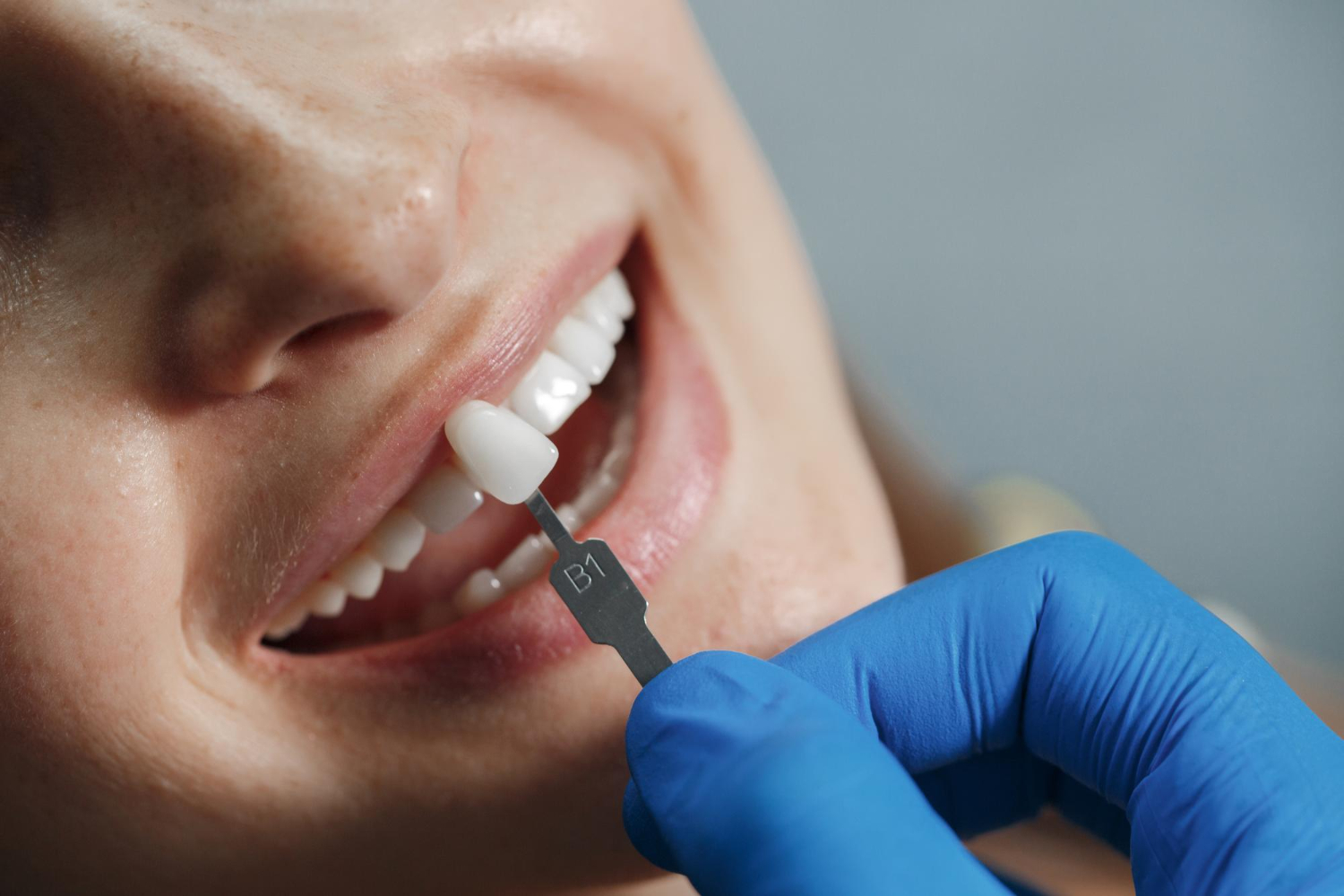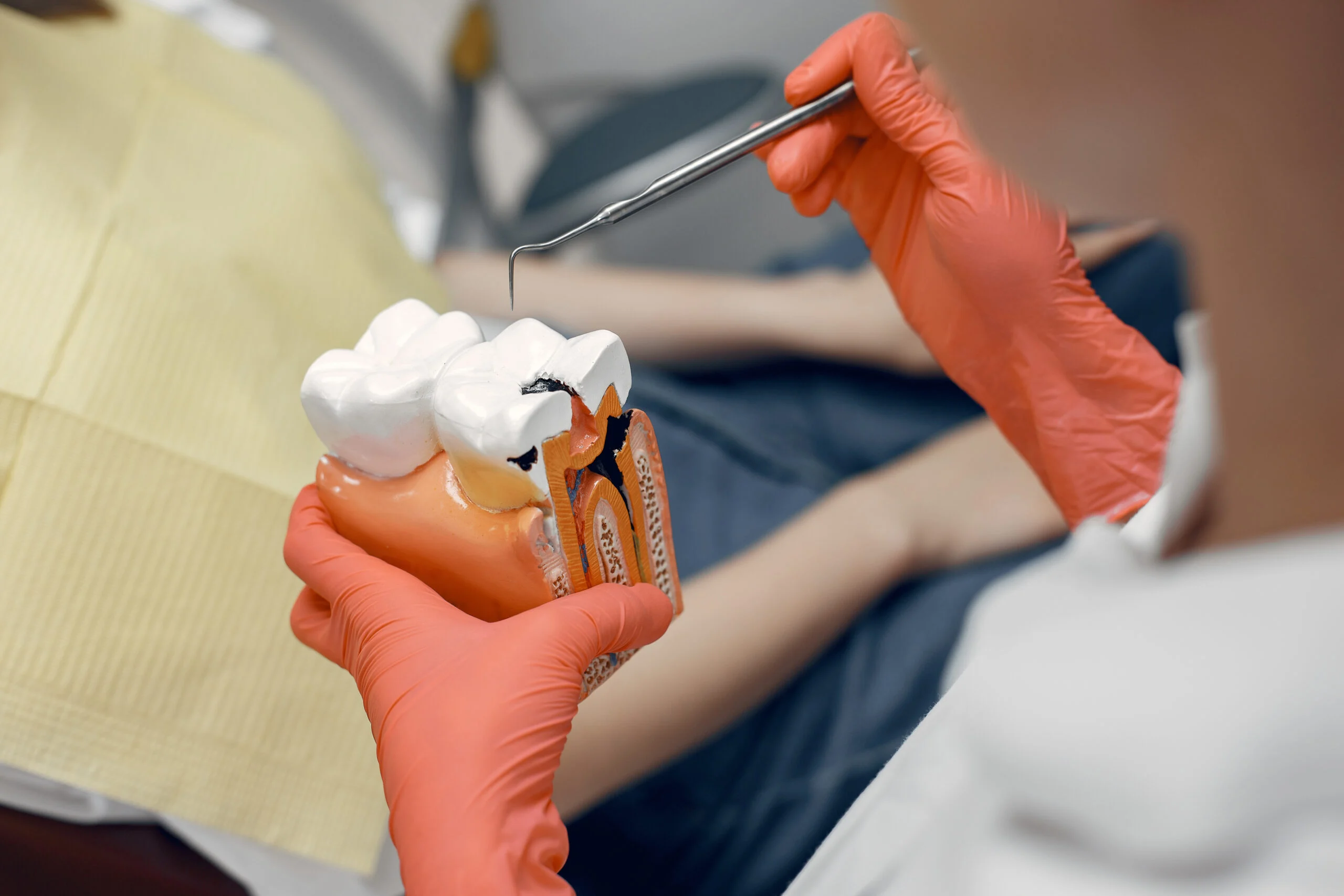Introduction
A captivating smile can light up a room, exuding confidence and positivity. However, not everyone is naturally blessed with perfectly aligned teeth. This is where orthodontics comes to the rescue. Orthodontics is a specialized branch of dentistry dedicated to correcting misaligned teeth and jaw structures, resulting in not only improved aesthetics but also enhanced oral health. This article delves into the world of orthodontics, exploring its benefits, techniques, and the transformative effects it has on individuals’ lives.
Understanding Orthodontics
Orthodontics is the field of dentistry that focuses on the diagnosis, prevention, and treatment of dental and facial irregularities. These irregularities, known as malocclusions, can include issues such as crowded teeth, gaps, overbites, underbites, and crossbites. Left untreated, malocclusions can lead to a range of problems, including difficulties in proper chewing, speech impediments, and even dental health issues such as cavities and gum disease due to challenges in maintaining oral hygiene.
Benefits of Orthodontics Treatment
Enhanced Aesthetics:
One of the most noticeable benefits of orthodontic treatment is the improvement in the appearance of one’s smile. Straight teeth can boost self-esteem and confidence, encouraging individuals to express themselves more openly.
Improved Oral Health:
Properly aligned teeth are easier to clean and maintain, reducing the risk of dental problems such as cavities and gum disease. When teeth are aligned correctly, there are fewer crevices for food particles to get trapped in, making it easier to brush and floss effectively.
Enhanced Chewing and Digestion:
Malocclusions can affect proper chewing, which in turn can lead to inefficient digestion. Orthodontic treatment can help align the teeth and improve the chewing process, leading to better digestion and overall health.
Speech Improvement:
Some malocclusions can impact speech patterns, leading to difficulties in articulating certain sounds. Orthodontic intervention can help individuals improve their speech and communication abilities.
Preventive Measures:
Early orthodontics assessment can identify potential issues in children’s dental development. Intervening at a young age can guide proper tooth eruption and jaw growth, potentially reducing the need for extensive treatment later in life.
Orthodontic Techniques
Traditional Braces:
Metal braces are the most recognizable form of orthodontics treatment. They consist of brackets bonded to the teeth and connected by wires that are adjusted over time to gradually shift the teeth into proper alignment.
Clear Aligners:
This modern alternative to traditional braces involves a series of clear, removable trays (aligners) that gradually move the teeth. Clear aligners are nearly invisible, making them a popular choice among adults and teenagers alike.
Lingual Braces:
These braces are similar to traditional braces but are placed on the back (lingual) surface of the teeth, making them virtually invisible from the front. They are an excellent choice for those who want discreet treatment.
Self-Ligating Braces:
These braces use a specialized mechanism that eliminates the need for elastic bands to hold the archwire in place. This technology can result in faster treatment and fewer adjustments.
Surgical Orthodontics:
In cases of severe malocclusions or jaw misalignments, surgical orthodontics may be necessary. This involves collaboration between an orthodontist and an oral surgeon to achieve optimal results.
Conclusion
Orthodontics plays a pivotal role in transforming smiles and improving overall oral health. With a range of advanced techniques available, individuals of all ages can benefit from orthodontic treatment. Beyond the aesthetic aspect, properly aligned teeth contribute to enhanced oral hygiene, efficient chewing, and improved speech. If you or a loved one are considering orthodontic treatment, consult with a qualified orthodontist to explore the options that best suit your needs, ultimately leading to a brighter, healthier smile and improved quality of life.



